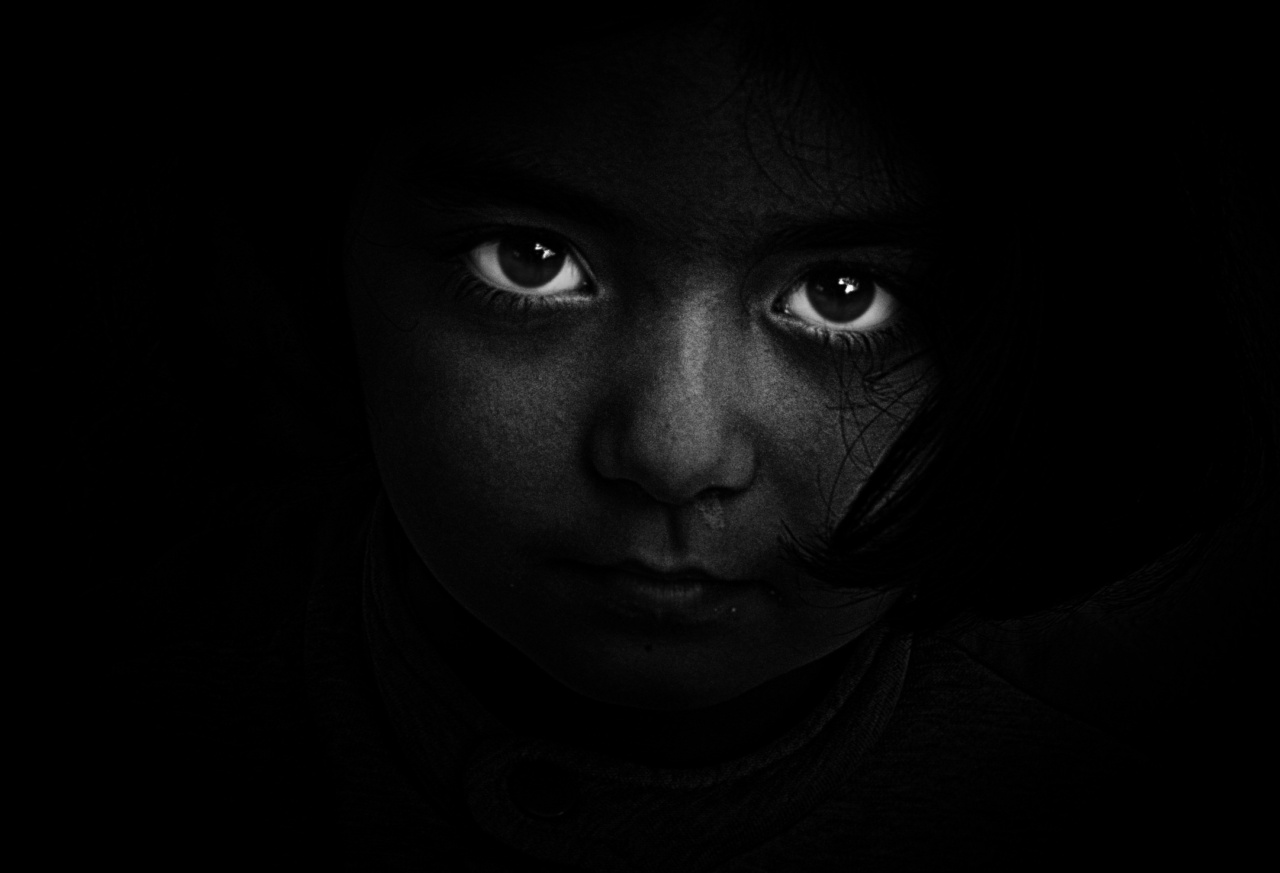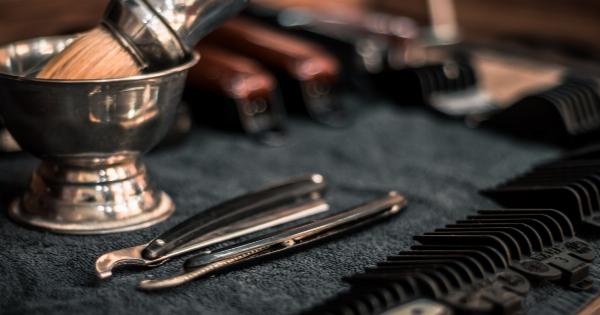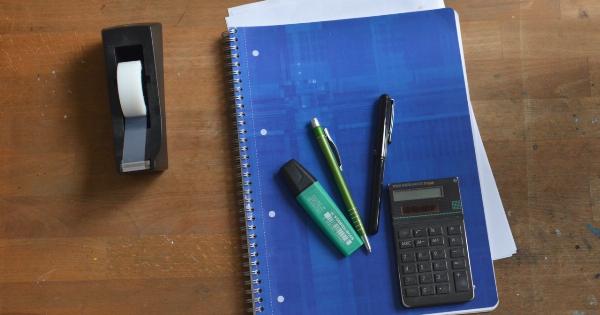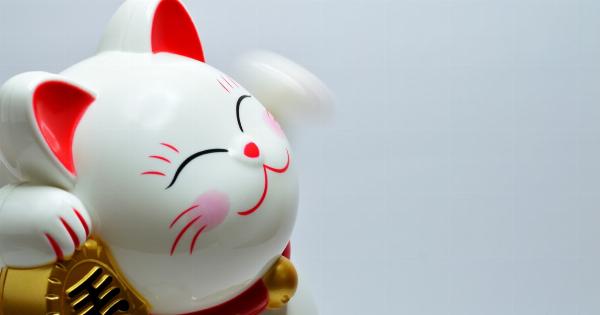Dandruff, those pesky white flakes that show up on our shoulders and cause embarrassment, can be a major nuisance. Itchy scalps and dry, flaky skin are common symptoms that many people experience.
But have you ever wondered why you have dandruff in the first place? While there can be various factors contributing to this condition, one of the hidden reasons for dandruff woes lies in a microscopic fungus called Malassezia.
What is Malassezia?
Malassezia is a type of yeast that naturally resides on the scalps of most individuals. It feeds on the oils produced by our hair follicles, specifically the oleic acid. In moderate amounts, Malassezia is harmless and doesn’t cause any scalp issues.
However, when it grows excessively due to certain factors, it can result in dandruff.
The Factors Behind Malassezia Overgrowth
Several factors can contribute to the overgrowth of Malassezia on your scalp. These include:.
1. Sebum Production
Sebum, the oily substance produced by the sebaceous glands in our scalp, is a primary food source for Malassezia. When there is an excess production of sebum, it provides an ideal environment for the fungus to thrive, leading to dandruff.
2. Hormonal Imbalances
Hormonal imbalances can trigger an increase in sebum production, which, as mentioned earlier, encourages the growth of Malassezia.
Fluctuations in hormone levels are common during puberty, pregnancy, and menopause, making individuals more prone to dandruff during these stages.
3. Stress and Emotional Factors
Believe it or not, stress and certain emotions can contribute to dandruff as well. Stress weakens our immune system, making it harder for our bodies to fight off the overgrowth of Malassezia.
Additionally, emotional factors like anxiety, depression, and nervousness can disrupt the normal functions of the scalp, leading to dandruff.
4. Weather and Environmental Conditions
Hot and humid climates create ideal conditions for Malassezia to multiply. On the other hand, dry and cold weather can cause the scalp to become dry and flaky, leading to dandruff.
Both extremes can exacerbate the growth of Malassezia, causing dandruff issues.
5. Poor Hygiene and Hair Care
A lack of proper hair care and hygiene practices can contribute to dandruff problems. Not washing your hair regularly or thoroughly can result in a buildup of oils and dead skin cells, providing an environment for Malassezia to flourish.
6. Allergies and Sensitivities
Sometimes, dandruff can be triggered by an allergic reaction or sensitivity to certain hair care products. Ingredients like sulfates, fragrances, and preservatives can irritate the scalp and disrupt its natural balance, leading to dandruff.
The Symptoms of Dandruff Caused by Malassezia
Distinguishing dandruff caused by Malassezia from other scalp conditions is important for effective treatment. The common symptoms associated with Malassezia-related dandruff include:.
1. White or Yellowish Flakes
Dandruff flakes caused by Malassezia are usually larger in size and have a white or yellowish appearance. They may appear prominently on the scalp, hair, and shoulders.
2. Itching and Scalp Irritation
The presence of Malassezia can trigger inflammation and itchiness on the scalp. Scratching the scalp too vigorously can further damage the skin and increase the flaking.
3. Oily or Greasy Scalp
Malassezia thrives on oily scalps, so if you notice your scalp becoming excessively greasy, it may be due to an overgrowth of this yeast.
Eradicating Malassezia and Treating Dandruff
If you suspect that the cause of your dandruff lies in an overgrowth of Malassezia, there are several steps you can take to combat it:.
1. Use Anti-Dandruff Shampoos
Anti-dandruff shampoos containing active ingredients like ketoconazole, selenium sulfide, or zinc pyrithione can help control the growth of Malassezia and alleviate dandruff symptoms.
2. Adopt Healthy Hair Care Habits
Maintaining good hair hygiene is crucial in preventing Malassezia overgrowth. Regularly wash your hair with a mild shampoo, keep your scalp clean, and avoid excessive use of styling products.
3. Manage Stress and Emotional Well-being
Reducing stress levels through relaxation techniques, exercise, and finding healthy outlets for emotions can positively impact your scalp health.
4. Ensure a Balanced Diet
Eating a well-balanced diet rich in essential nutrients, vitamins, and minerals helps promote a healthy scalp and supports its natural defenses against Malassezia overgrowth.
5. Avoid Irritating Hair Care Products
Identify and avoid hair care products that irritate your scalp. Opt for gentle, hypoallergenic options that do not contain potential irritants or allergens.
6. Seek Professional Advice
If your dandruff persists despite your efforts, it may be beneficial to consult a dermatologist or trichologist for a thorough diagnosis and specialized treatment options.
Conclusion
Understanding the hidden reason behind your dandruff woes can help you effectively manage and treat the condition. Malassezia, a yeast-like fungus found on the scalp, can cause dandruff when it grows excessively.
By identifying the contributing factors and adopting corrective measures, you can regain a healthy scalp and bid farewell to those annoying white flakes.






























